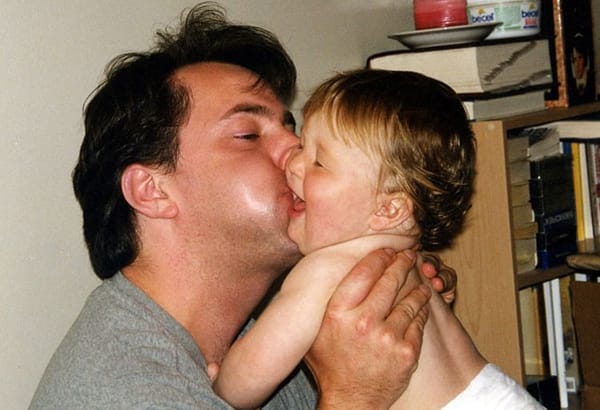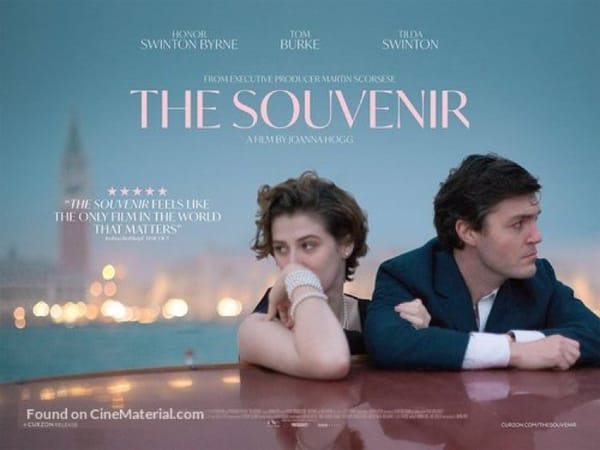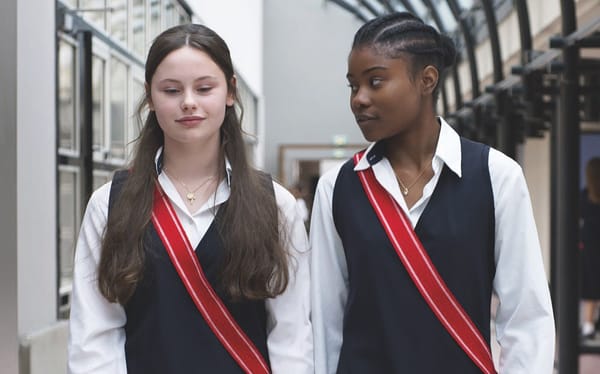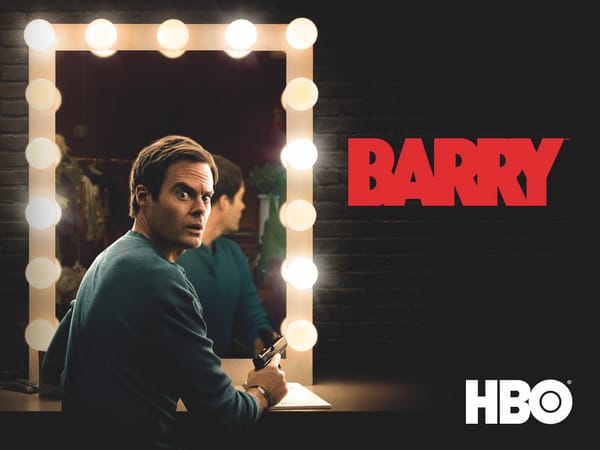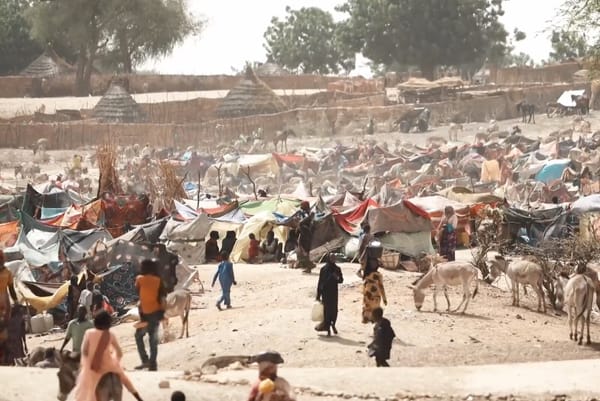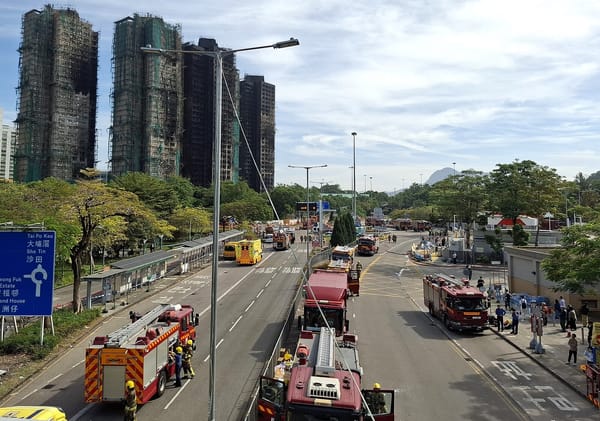La Chinoise (1967)
Over 50 years after its initial release, Jean-Luc Godard’s La Chinoise still stands as a drastically important piece in the director’s catalogue, albeit a transitional one

4 stars
As an afterthought to this review, earlier this year I read an Ali Smith book called ‘Public Library and Other Stories’. While (slightly) irrelevant to the book, the cover featured a shot of two people reading on a balcony with strong red, white, and blue colours dominating the frame. On the back of the book it had the pictured credited as a still from Jean-Luc Godard’s La Chinoise. I hadn’t made the conscious effort to immediately set out and watch it, but in coming to review this film, the link reappeared in my mind; it wasn’t a direct influence, however I thought it was a nice detail, and much like the film, I would highly recommend the book.
In 1967, the French strikes of 1968 were just around the corner, where Godard made an almost prophetic feature following a group of Maoist students meaning to start a revolution through terrorist violence; based loosely on Dostoyevsky’s ‘Demons’, we follow 5 students living in an (away-from-home) friend’s flat, dwelling on this revolution they dream of.
Taking influence from one of Dostoyevsky’s masterworks, we can expect the story to be devilishly cohesive and darkly funny, however many a film has fallen short with brilliant source material. Not this one. As is consistent with his other work, Godard’s exceptional dialogue between characters takes centre stage as we’re forced into reflection through heavy themes of philosophy and politics. Breaking from traditional storytelling, Godard often breaks the conventional method, dropping into an almost documentary style interview; we’re seamlessly flowing between these interviews with the students and what is reality. However, the authenticity of these students is often brought into question when we look at the scenes as a whole.
The first thing you notice about this film are the colours. The red, white, and blue (of the revolution) feature in almost every shot, with immaculately designed frames and a casual camera movement, the almost sterile nature of these perfect colours lend itself to a sort of falseness, an inauthenticity. They pride themselves on their bohemian and leftist lifestyle, yet sit in the immaculately bourgeois apartment, talking of revolution while sitting with decadent furnishings. This is of course no accident, and neither are the colours. About midway through, we get a quote from Kirilov (Lex De Bruijn) “Blue, yellow, red. Perfectly pure, perfectly balanced. Perfect on the pretext that every other colour is there.” Almost every shot featured is heavily blue, red and, white; could it be that something is missing from these frames? The balancing of the yellow should be just as important, yet we see little of it. It comes at times, seen in jumpers and the occasional lamp, but perhaps things are not as perfectly balanced in this radical group’s ideologies as they seem to think.
They take turns to give their take on the philosophy, preaching to the group with brilliantly eloquent passages of dialogue, persuasive and polarising. Talking in terms of science and experiment, they blend their philosophical ideals with fact, but still there’s this underlying comedy. With the flat’s walls over excessively lined with ‘The Little Red Book’ in an almost over-compensatory fashion, we begin to wonder whether the students are genuinely concerned with the cause they so passionately speak of. As if to show that they do in-fact care, Veronique (Anne Wiazemsky) sets out to murder the Minister of Culture of the Soviet Union, yet in doing so accidently shoots the wrong person; this about sums up the effectiveness of their revolution.
One of the best scenes in the film comes towards the end (before the assassination) where Veronique has a scintillating conversation with Francis Jeanson (as played by himself) about her radical plans to kick start a revolution. (Jeanson being a notorious political activist at the time, famous through his commitment to the National Liberation Front during the Algerian war). The conversation goes as a debate between Veronique and Jeanson, each with opposing views on whether the terrorist kick start of the revolution is the morally just one. It is rumoured that Godard had fed lines to Wiazemsky through an earpiece for this scene, so it was essentially Godard debating with Jeanson, perhaps lending to the brilliance of it.
Overall, this dark comedy serves as a beautiful film in the catalogue of Godard, with a witty and astute social commentary to back. Its predictive nature and the precedence set after its release, perhaps garnered it more attention than would have naturally proceeded, but the brilliance in it is precisely that. The insight to comment on the increasingly leftist view in France at the time leaves you to wonder whether the film itself had any effect on the events of the next year, but for me, it was a beautiful film that has clearly had a large influence on directors of the modern age (I’m looking at you Wes Anderson et al.) with a relative and meaningful politically commentary that we can still look at today.


